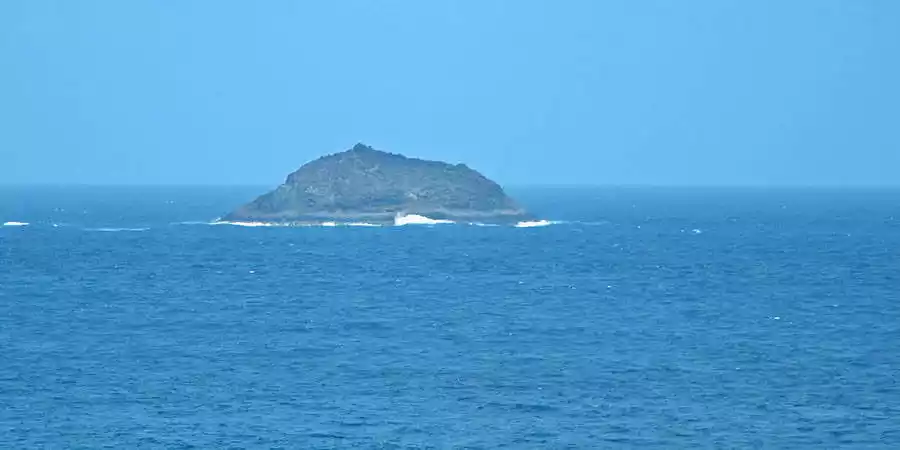
Roque del Oeste, also known as Roque del Infierno or Roquete, is one of the smallest uninhabited islets in the Chinijo Archipelago. Located northwest of Montaña Clara, it stands as a remnant of a volcanic cone, eroded by time and the elements. With a surface area of 15,765 square meters, a length of 255 meters, and a maximum height of 41 meters, this rocky islet is a captivating natural landmark.
Roque del Oeste falls within the Chinijo Archipelago Natural Park and the Los Islotes Integral Reserve, ensuring its preservation as a pristine natural treasure. Politically, it belongs to the municipality of Teguise, along with the rest of the Chinijo Archipelago.
Due to its challenging accessibility, Roque del Oeste remains uninhabited and devoid of human presence. This untouched state has allowed nature to flourish, creating a unique ecosystem.
Despite its small size, Roque del Oeste supports a variety of plant species, including the sea fennel (Zygophyllum fontanesii) and the sweet tabaiba (Euphorbia balsamifera). While no terrestrial animals have been documented, the surrounding waters harbor an intriguing marine fauna. Notable species include the yellow-hued Abades Capitan (Mycteroperca rubra) and the rare-in-the-archipelago Captain's wrasse (Labrus bergylta).
Roque del Oeste stands as a testament to the Chinijo Archipelago's rich biodiversity, offering a glimpse into the raw beauty and delicate balance of nature. Its isolation and untouched state serve as a reminder of the importance of conservation and the preservation of our natural heritage.